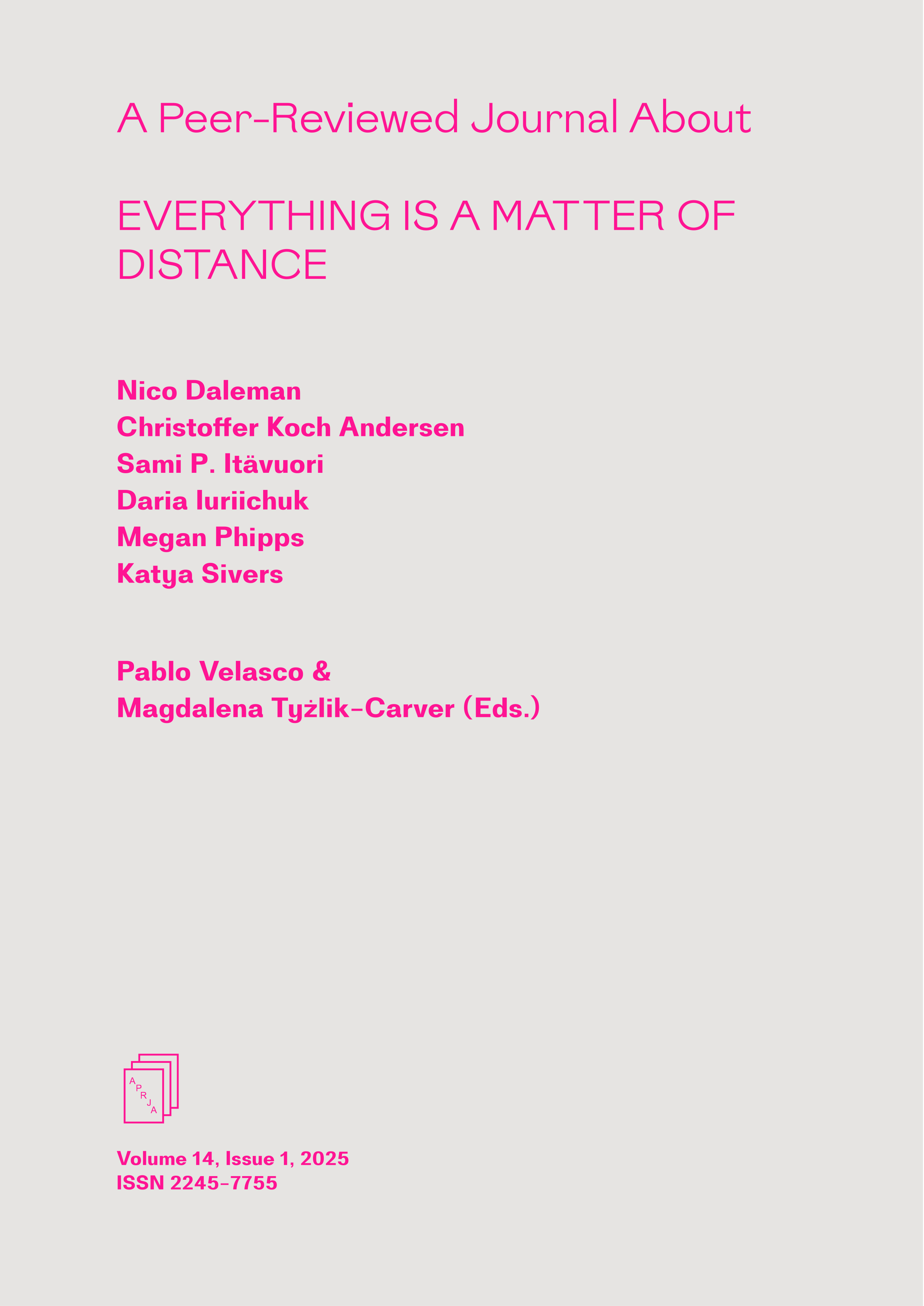The Computational Approach To Aesthetics
Value Alignment And The Political Economy Of Attention In Museums And Text-To-Image Generator Stable Diffusion
DOI:
https://doi.org/10.7146/aprja.v14i1.160275Keywords:
art museum, cultural value, Tate Gallery, generative AI, LAION 5BAbstract
Whilst research into cultural value and digital technologies is nascent in art museums, neural media technologies like generative AI pose new methodological and theoretical challenges. Looking at the case of the Tate Gallery and the dataset LAION 5B used to train the text-to-image Stable Diffusion model, the article highlights the long running challenges of studying digital media from a museum perspective. Reflecting on previous uses of AI in the museum, they propose experiments in dataset research and analysis by which museums can evidence the use of their images in the training of Stable Diffusion. But these experiments also aim to develop ways in which changes in cultural value can be analysed and theorised when art collection photographs get operationalised in LAION 5B. Sketching the first steps of an epistemological analysis of image aesthetic assessment and aesthetic predictors from the perspective of museum values and aesthetics, I call for a more thorough engagement with the discourses and practices on art developed in computer sciences so that new collective and connected imaginaries of culture and advanced technology may be constructed.
Downloads
Published
Issue
Section
License
Copyright (c) 2025 Sami P. Itävuori

This work is licensed under a Creative Commons Attribution-NonCommercial-ShareAlike 4.0 International License.
Copyrights are held by the individual authors of articles.
Unless stated otherwise, all articles are published under the CC license: ‘Attribution-NonCommercial-ShareAlike’.
The journal is free of charge for readers.
APRJA does not charge authors for Article Processing Costs (APC)


